The Phoenix Rasbora, also known as the Phoenix Dwarf Rasbora or Boraras merah, is a small and colorful freshwater fish native to Southeast Asia. Its vibrant red and black coloration, peaceful nature, and manageable size make it a popular choice among aquarium enthusiasts.
Appearance and Behavior
The Phoenix Rasbora is a small fish that typically grows to a maximum length of 1.2 inches (3 cm). Its body is slender and elongated, with a slightly curved dorsal fin and a pointed snout. The coloration of the Phoenix Rasbora is a vibrant red-orange with black markings on its back and tail, which gives it its distinct phoenix-like appearance. The fins are clear or translucent with a red tinge.
The Phoenix Rasbora is a peaceful and social fish that thrives in groups of six or more. They prefer to swim in the middle and upper levels of the aquarium and are generally active and playful. They are best kept with other peaceful and non-aggressive fish species, such as other Rasboras, Tetras, or Danios.
Tank Requirements
The Phoenix Rasbora is a hardy fish that can adapt to a wide range of water conditions. However, to ensure their optimal health and well-being, it is essential to provide them with a suitable aquarium environment. The minimum tank size recommended for a group of six Phoenix Rasboras is 10 gallons, but a larger tank is preferable.
The aquarium should be densely planted with live plants, such as Java Ferns or Amazon Swords, and have plenty of hiding spots, such as caves, driftwood, or rocks. A dark substrate, such as sand or gravel, will help to accentuate their bright coloration.
The water temperature should be kept between 72-82°F (22-28°C), with a pH range of 6.0-7.5 and a hardness of 5-12 dGH. It is important to maintain good water quality by performing regular water changes and using a high-quality filtration system.
Feeding
The Phoenix Rasbora is an omnivorous fish that will readily accept a variety of foods. In their natural habitat, they feed on small insects, crustaceans, and zooplankton. In an aquarium, they can be fed a diet of high-quality flakes or pellets, supplemented with live or frozen foods, such as brine shrimp, bloodworms, or daphnia.
It is recommended to feed the Phoenix Rasbora small amounts of food several times a day to ensure they are getting enough nutrition. Overfeeding should be avoided, as it can lead to health issues and poor water quality.
Breeding
Breeding the Phoenix Rasbora can be challenging, as they require specific water conditions and a well-planted aquarium with plenty of hiding spots. A separate breeding tank is recommended, as adult fish may eat their own eggs or fry.
To initiate breeding, a well-conditioned male and female should be introduced to the breeding tank. The water temperature should be raised to 80°F (27°C), and the pH should be lowered to 6.0-6.5. The female will lay eggs on the underside of a plant leaf, and the male will fertilize them.
After spawning, the adult fish should be removed from the breeding tank, as they may eat the eggs or fry. The eggs will hatch in approximately 24-36 hours, and the fry will become free-swimming after 2-3 days. The fry can be fed a diet of newly hatched brine shrimp or commercial fry food.
Conclusion
The Phoenix Rasbora is a colorful and peaceful freshwater fish that can add a vibrant and playful element to any aquarium. They are relatively easy to care for and can thrive in a well-planted aquarium with appropriate water conditions and diet. Their striking coloration and playful behavior make them a popular choice among aquarium enthusiasts, especially for nano tanks or community setups.
While breeding Phoenix Rasboras can be challenging, it is a rewarding experience for experienced aquarists who enjoy the process of breeding and raising fish. It is essential to provide a well-planted breeding tank with the right water conditions and feed the fry with appropriate food.
Overall, the Phoenix Rasbora is a great addition to any freshwater aquarium, providing a splash of color and peaceful energy. As with any fish species, it is essential to research their care requirements and ensure they are given appropriate living conditions to ensure their optimal health and well-being.
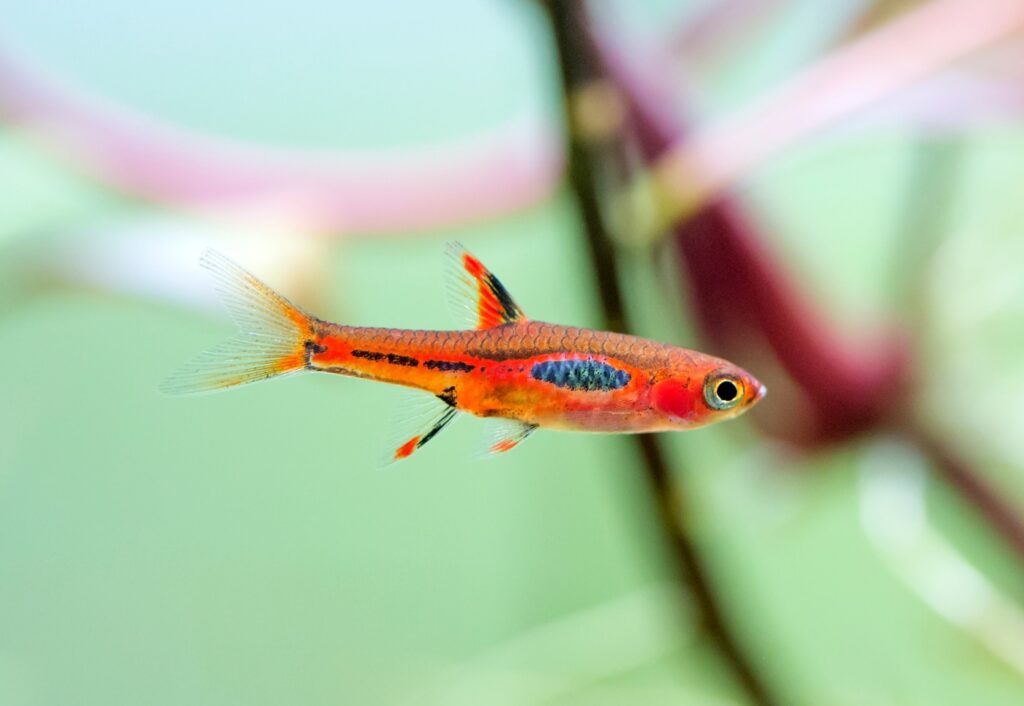
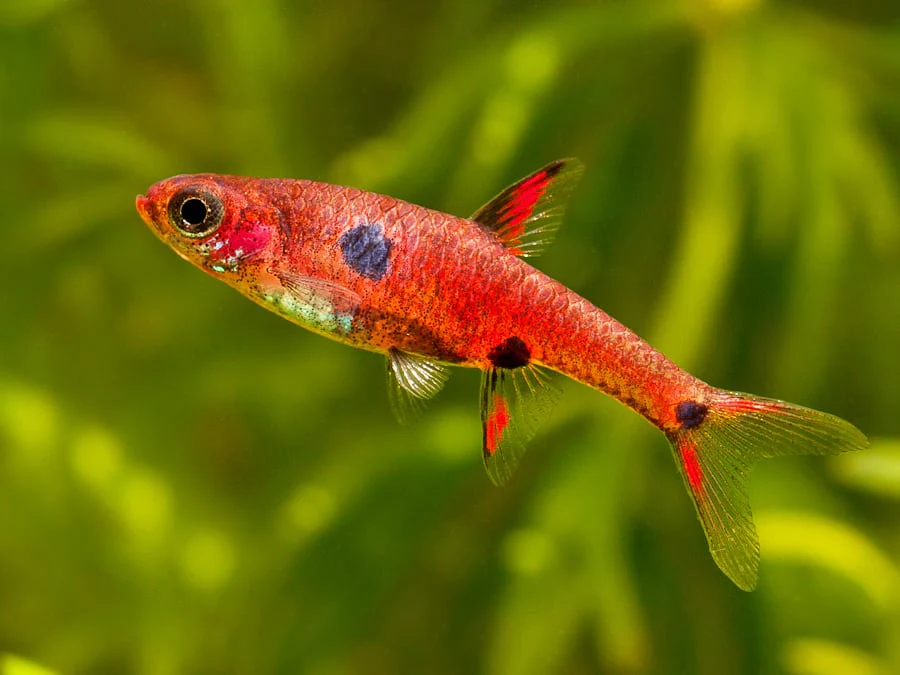



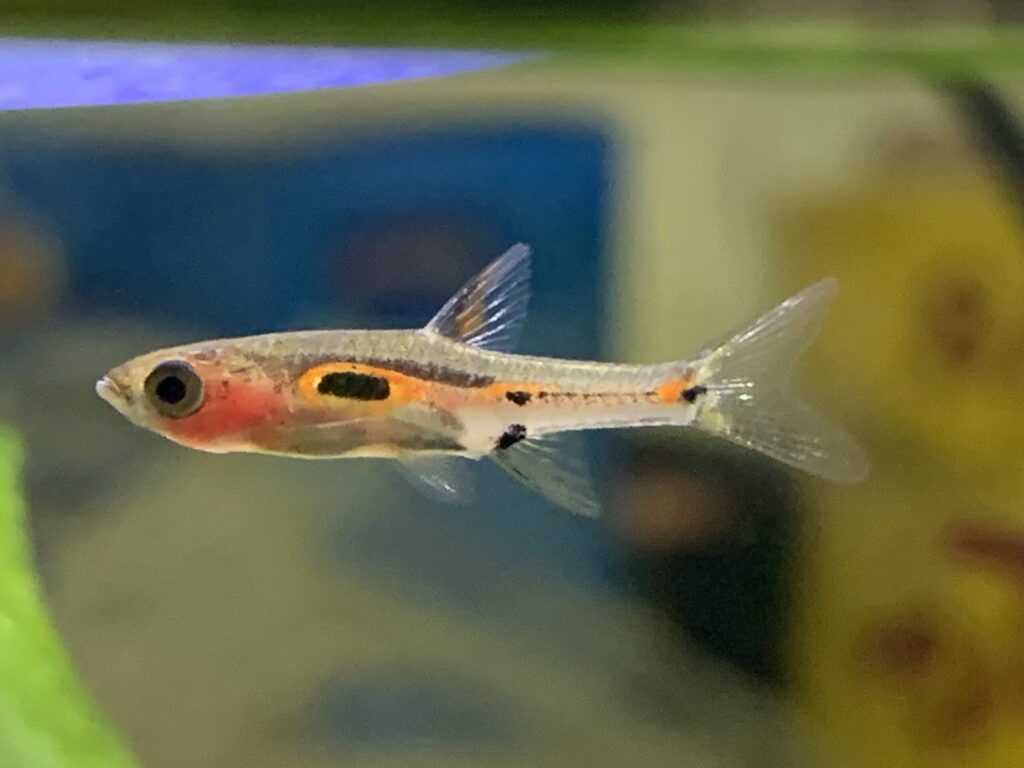
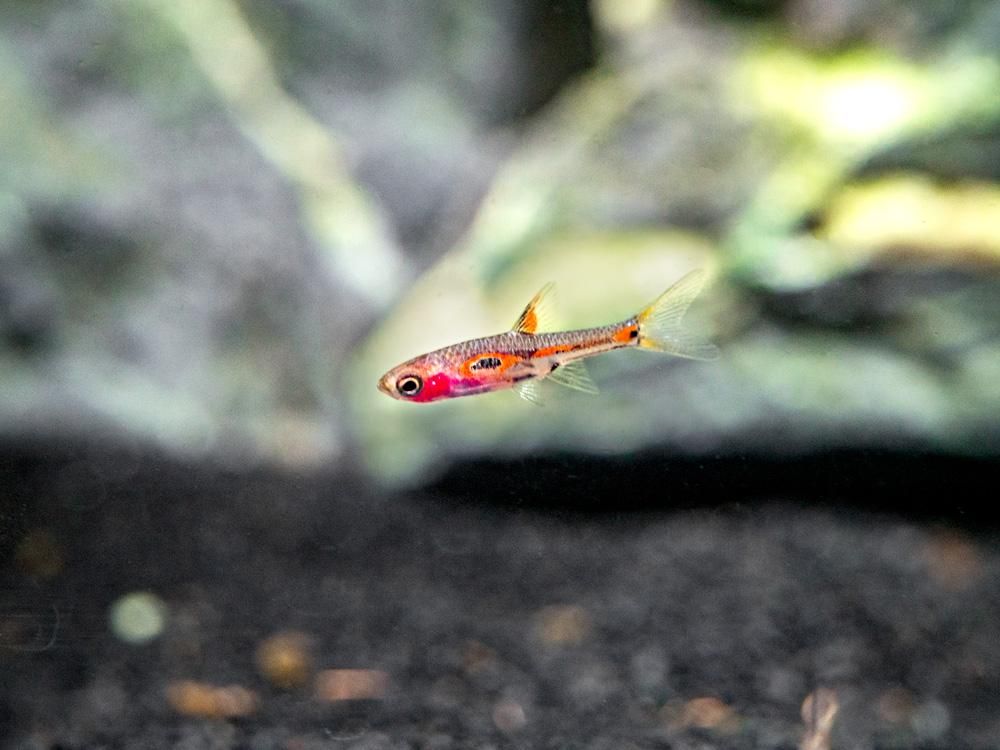
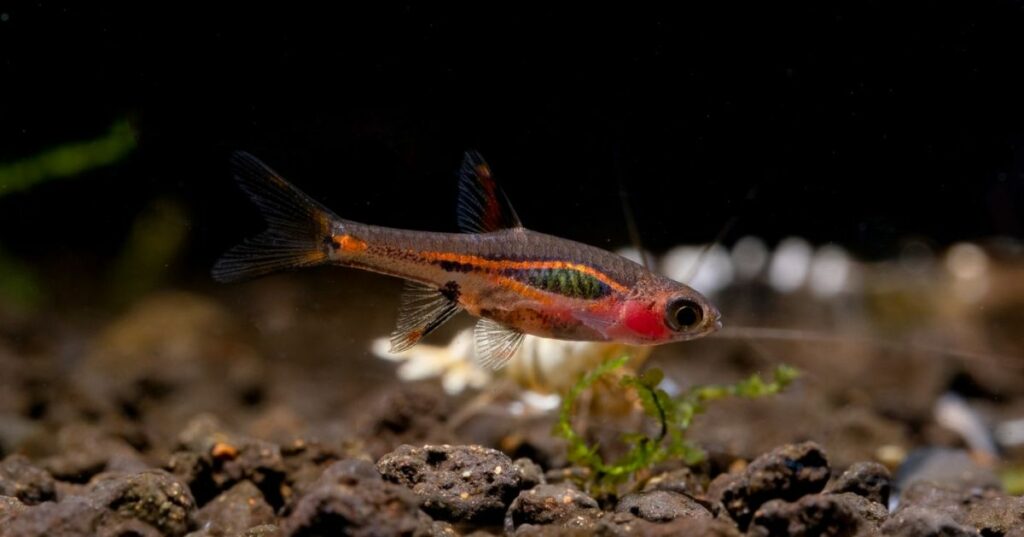
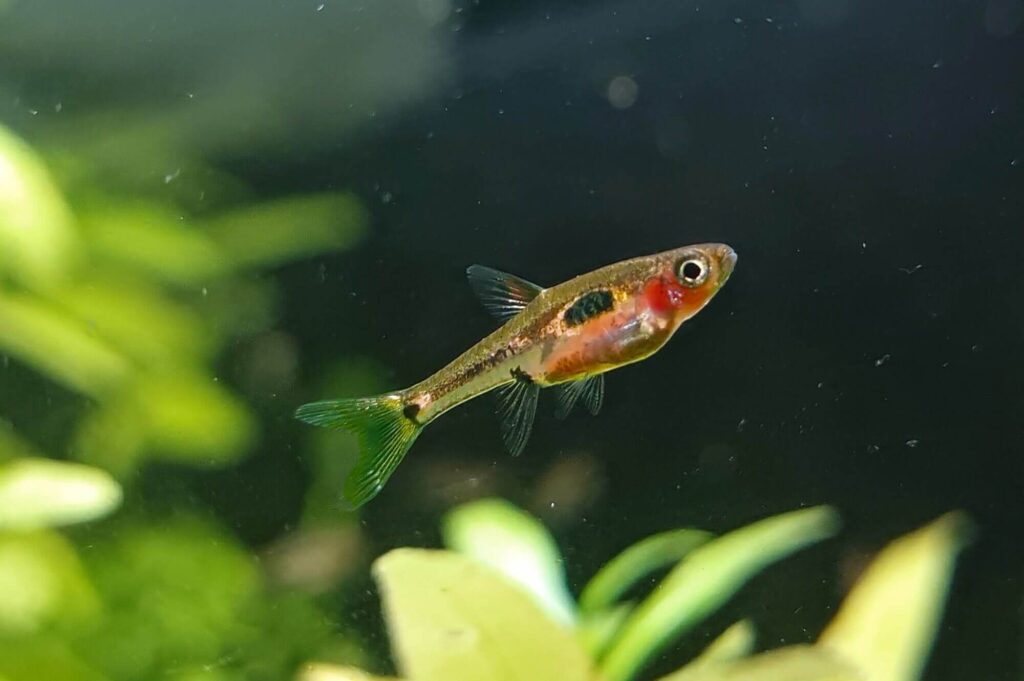



![]()
